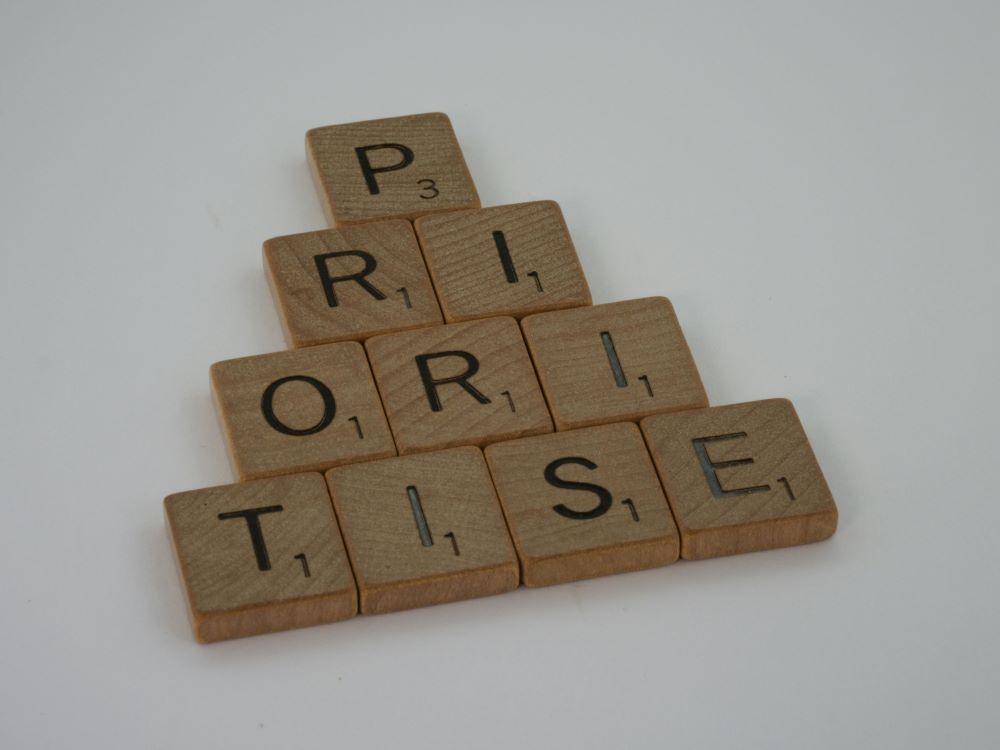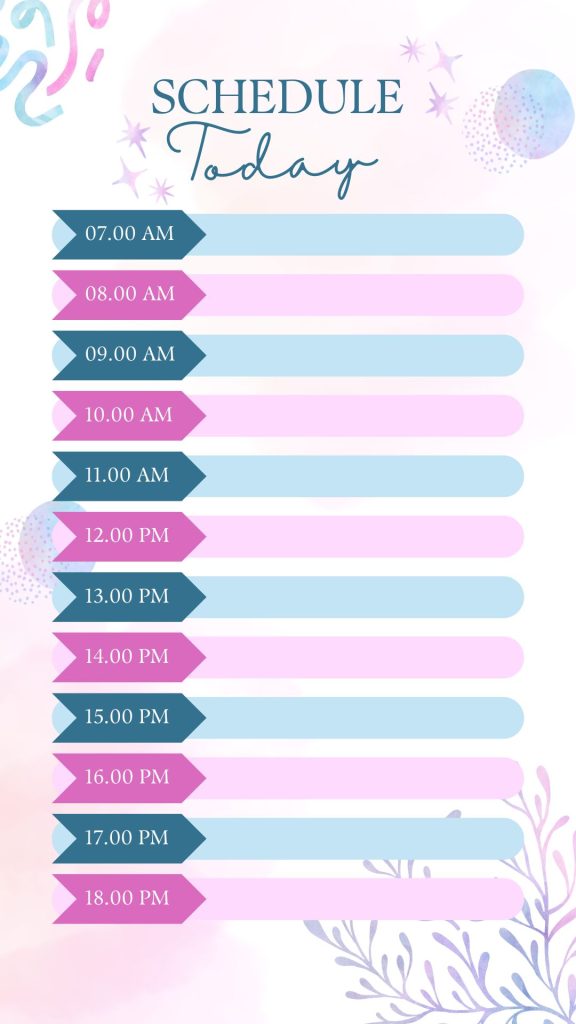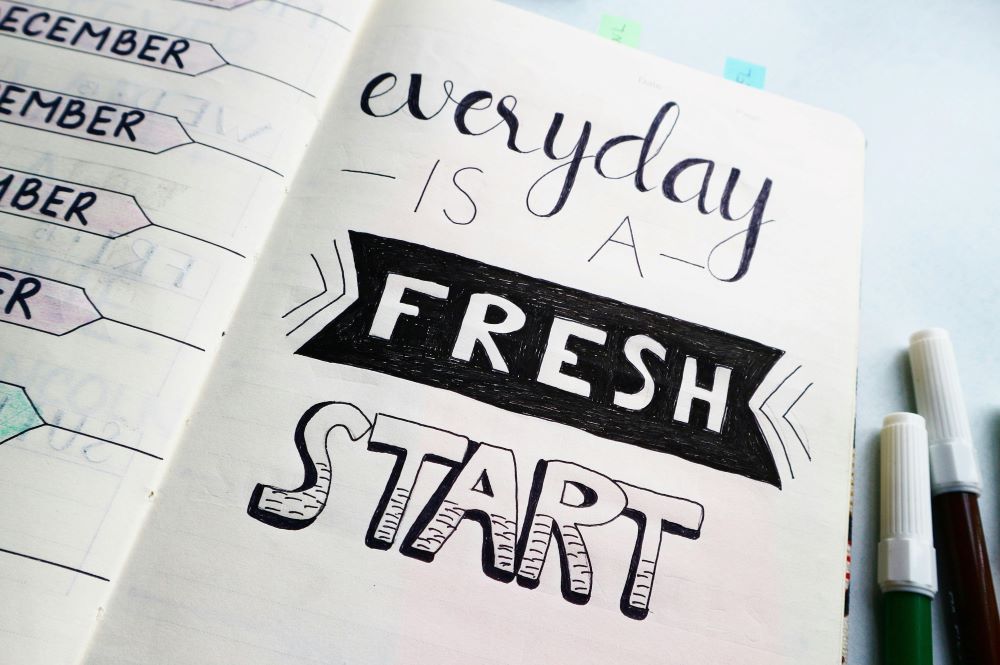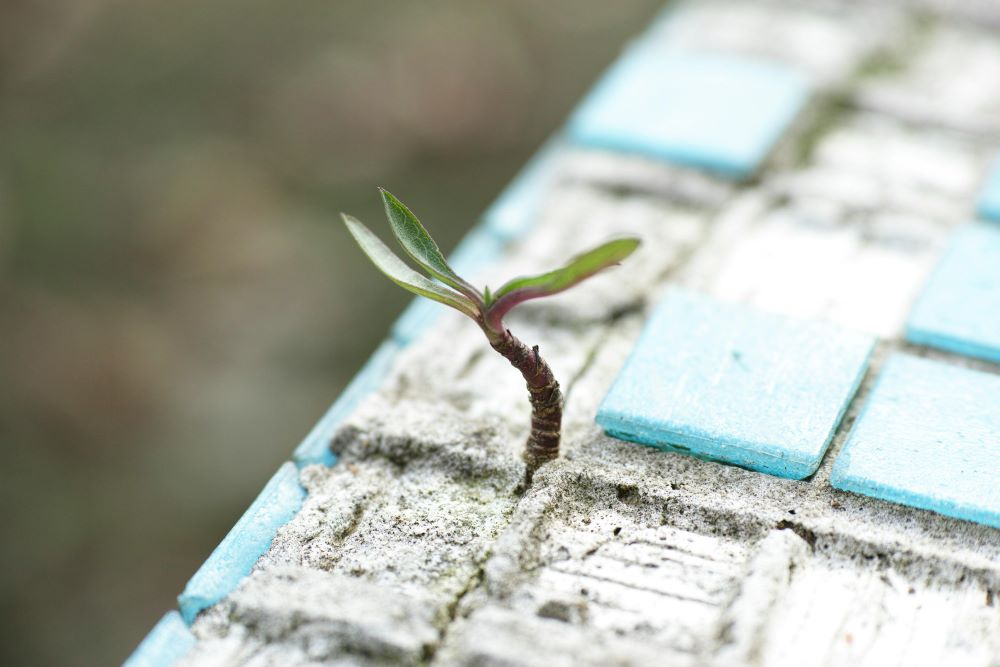Fixing a disrupted routine is extremely tough! It often requires determination, passion, a need, and the actual realization of the situation. A disrupted or disturbed routine is nothing but the misalignment of our daily activities that can affect us physically and mentally. It can occur due to a loss of morale, tragic life-events, constant disappointments, failures, addictions, and many other factors.
One disturbed day can ruin the success of a decade! We all have witnessed massive mental health issues due to disrupted routine amidst COVID. I personally feel the key to fix it is to feel its potential short-term and long-term effects. This can make us aware of how big this term can influence our lives. In this blog, I am going to share five practical tips to get out of this as soon as possible.
How to fix the disrupted routine
Assess the situation
Assess what is causing the disturbance, what’s the background, what are the triggering factors, and what role did you play. Being honest with yourself can give you accurate answers to all these questions. This will help you to decide what to do next. I often sit and think about past scenarios that disturbed my life in some way. I try to find answers, make peace with the reality, and determine positive approaches to deal with it. If in case, I am guilty of it, then I try to avoid such behavioral patterns or at least change my perspectives. Refer to the following ways to assess the situation:

- Self reflection: Reflect on your values, goals, and mindset. You can use meditation practices to calm your mind.
- Think from the wider lens: Don’t just evaluate the short term impact but also determine how the disrupted unit can affect you in the long run. Talking with your loved ones can help you get the idea from other perspectives.
- See the external environment: Learn about the external atmosphere surrounding you and how it influences your daily routine. Find better alternatives, seek feedback, and learn to manage the things.
Know your priorities
Identify what are your non-negotiables and where you can be a little flexible. Map them on a piece of paper and evaluate each thing. Have a clear idea about your priorities and arrange them in a sequence. This will get you a detailed picture of how you can design your routine aligning with your priorities. Remember not to compromise on anything, you can always try to match all the points. Even if you are not able to do so, you can always brainstorm, find solutions, talk with some non-judgmental people, and study the overall path of your life. You have to put in some efforts to know this.
You can also read the previous blog about embracing the uncertainties of life.

Create a flexible Schedule
Creating a schedule is an easy job that can be done in any way. I would like to propose the following approach to structure your time-table:
- Core responsibilities: Start by listing your core responsibilities, such as work, family commitments, and personal goals.
- Determine Your Priorities: Rank your responsibilities according to their significance. This will strengthen your focus and align with your time.
- Allocate Time Blocks: Assign specific time blocks for each thing, keeping in mind your priorities. Being reasonable about your day and specific time can help you manage each task efficiently.
- Add Flexibility: Include buffer time between tasks to account for unexpected delays or to allow for breaks.
- Use Time Blocking: Time blocking involves scheduling specific blocks of time for different activities. It keeps us organized and productive at all times.
- Evaluate: Analyze your time-table and modify as needed. This could involve reallocating time for different tasks or reprioritizing based on changing circumstances.
- Be Realistic: While it’s important to have a flexible schedule, it’s also important to be realistic about what you can accomplish in a day. Don’t over-schedule yourself.
- Stay Organized: Use tools like calendars or apps to help you stay organized and keep track of your schedule.

Start small
Start small, implement small changes each day. Don’t try to adhere to the entire time-table at once, but take at least one step. Learn to say no, if needed. Take care of yourself!
Be consistent
- Know your Goals: Know what you want and what purpose does it serve. Having clear goals can boost your confidence.
- Divide into small steps: Divide goals into smaller pieces. Don’t get burdened by the gravity of the situation. Instead try doing smaller step.
- Create a Routine: Establish a daily or weekly routine that includes specific times for work, rest, and personal activities. This can help you develop consistency in your schedule.
- Eliminate Distractions: Remove obstructions that will halt your growth. This might include turning off notifications on your phone or finding a quiet workspace.
- Be Accountable: Be accountable for your modifying your disrupted routine. Share it with loved ones. Regular check-ins can help you stay on track.
- Keep a track of your growth: Evaluate your position in the journey. Determine what needs to be done, what things to follow, what adjustments need to be made, etc. This can motivate you to follow the routine.
- Be Disciplined: Set boundaries and stick to them. Be disciplined and deny things that don’t align with your routine.
- Learn from Setbacks: Expect setbacks and learn from them. Use setbacks as an opportunity to reassess your approach and make adjustments.
- Be Patient: Rebuilding your disrupted routine takes time. Have some patience with yourself. Don’t get disheartened if you fail to follow.
Follow these 5 ways and you will fix your disrupted routine!



